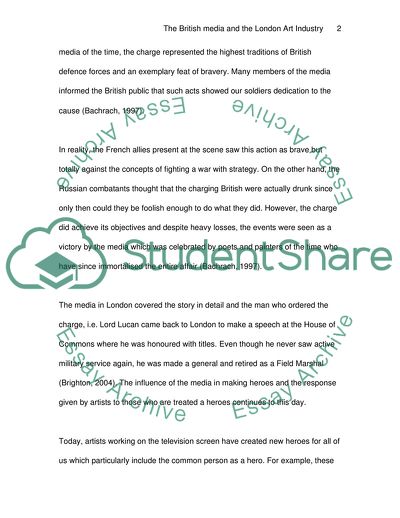Cite this document
(The British Media and the London Art Industry Assignment, n.d.)
The British Media and the London Art Industry Assignment. https://studentshare.org/media/1710427-how-the-british-media-effects-the-london-art-industry
The British Media and the London Art Industry Assignment. https://studentshare.org/media/1710427-how-the-british-media-effects-the-london-art-industry
(The British Media and the London Art Industry Assignment)
The British Media and the London Art Industry Assignment. https://studentshare.org/media/1710427-how-the-british-media-effects-the-london-art-industry.
The British Media and the London Art Industry Assignment. https://studentshare.org/media/1710427-how-the-british-media-effects-the-london-art-industry.
“The British Media and the London Art Industry Assignment”. https://studentshare.org/media/1710427-how-the-british-media-effects-the-london-art-industry.


